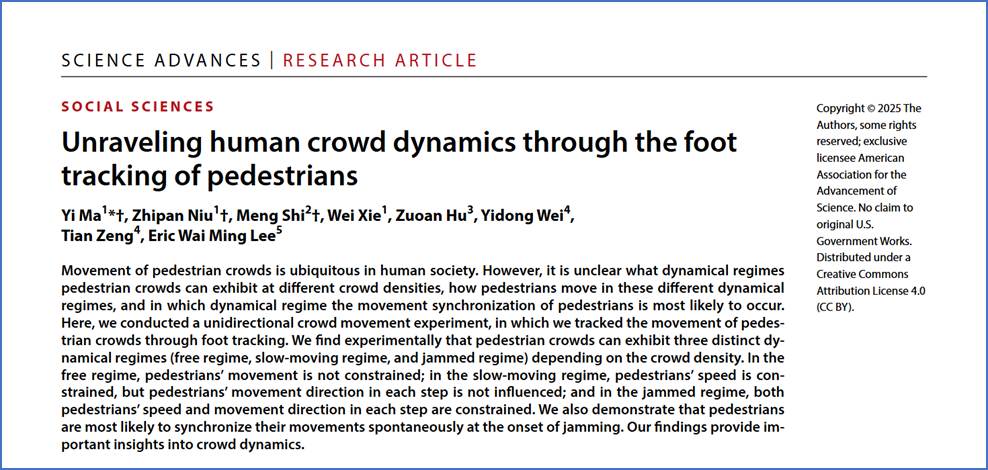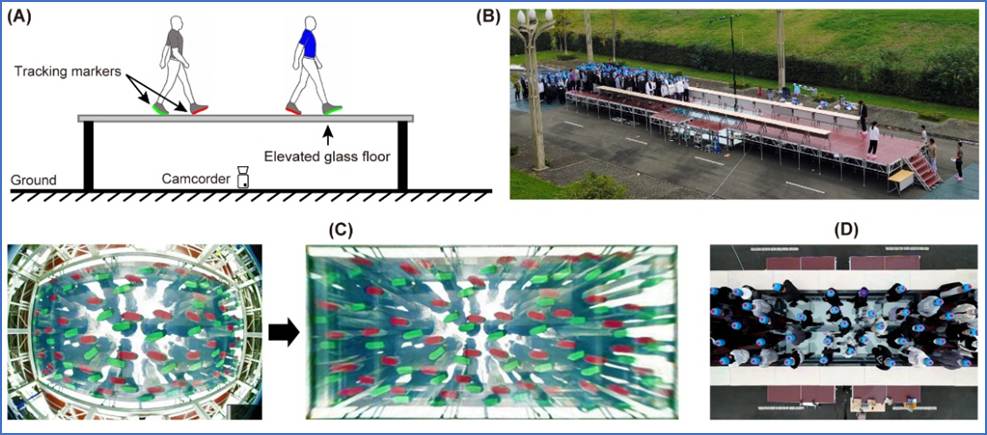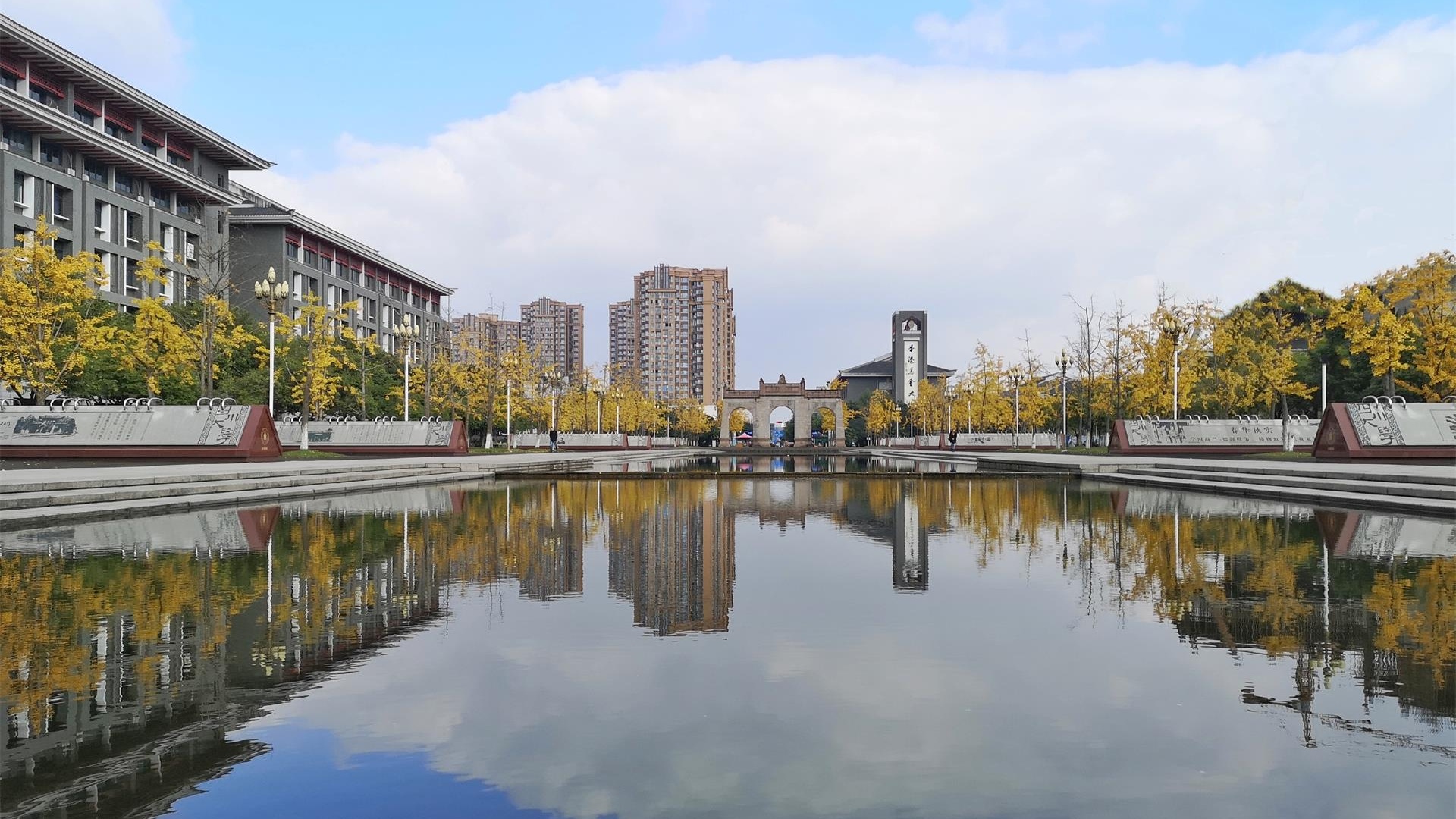Recently, Associate Researcher Ma Yi from IDMR published an article titled "Unraveling human crowd dynamics through the foot tracking of pedestrians” in the Science Advances (AAAS) Journal . By tracking pedestrians' gaits, the study delves into how people adjust their movement speed, direction, and gait in response to perceived environmental information as they move through a crowd. The study has laid an important theoretical foundation in research for crowd evacuation prediction, humanoid robot gait design, and autonomous vehicle pedestrian movement prediction.

According to the study findings, large-scale human movements are ubiquitous in today's society, such as human movement in various transportation hubs and human evacuation during disasters. Revealing the characteristics, patterns and mechanisms of human movement in human flow is a hot topic of concern in the fields of transportation science, safety and emergency science. To study this issue, Dr. Ma Yi innovatively built an experimental platform for large crowd movement observation that can precisely capture the speed, direction and gait of people in crowd movement. By conducting human flow experiments using this platform, it was discovered that people exhibit three different dynamic states (free-flow state, slow-movement state, and congestion state) when moving in a crowd. People can be in a free-flowing state when the crowd density is less than about 0.75 people per square meter. At this point, people's movement is unrestrained, and they can move at a normal speed. When the crowd density is between 0.75 and 1.80 people per square meter, people in the flow will be in a slow-moving state. At this point, people will slow down to avoid colliding with people or obstacles around them. When the crowd density is higher than about 1.80 people per square meter, people in the flow will be in a congested state, their speed will be significantly reduced, and they will move and avoid collisions by frequently changing their gait and direction. The study also found that the speed of movement and step length of people are exponentially related to the reciprocal of the crowd density. In addition, the study built a theoretical model based on experimental observations that could simulate large-scale human flow movements. This model, as well as research findings, have significant application value in the fields of crowd evacuation prediction, humanoid robot gait design, and pedestrian collision prediction for self-driving cars.

The research results are a collaborative effort of the research teams led by Ma Yi, Niu Zhipan, Xie Wei from IDMR, Shi Meng from South-Central Minzu University, Hu Zuoan from Southwest Jiaotong University, Dr. Zeng Tian and Dr. Wei Yidong from the Hong Kong Polytechnic University, and Professor Li Weiming from City University of Hong Kong.
The study can be retrieved via this link: https://www.science.org/doi/10.1126/sciadv.adw2688
Author: Ma Yi, Ph.D., Associate Researcher. Research interests include pedestrian traffic flow and crowd evacuation dynamics, pedestrian movement prediction for autonomous vehicles, and gait design and planning for humanoid robots. In recent years, he has achieved significant results in journals such as Nature Human Behaviour and Science Advances as the first or corresponding author. Some of his research results have been positively reported by science and technology media, among others, including the website of the National Natural Science Foundation of China, WIRED, Asia Research News, and Physics Magazine.














